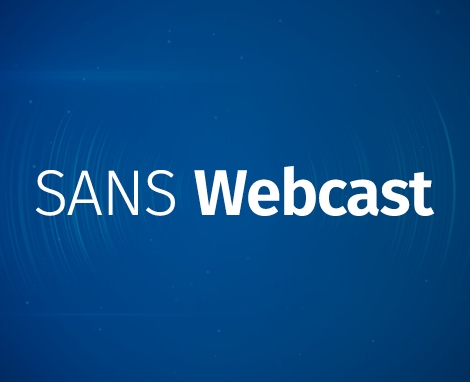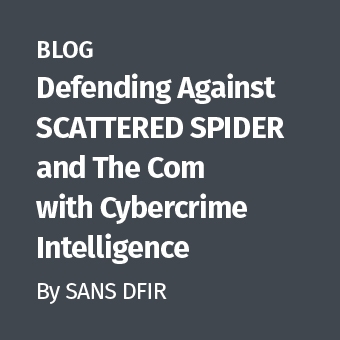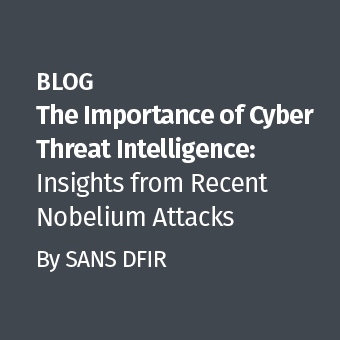Closing the Door on Web Shells
While many attackers install malware on end-user workstations to accomplish their goals, external-facing servers continue to be prime targets of attack. In many of these cases, web shell backdoors are utilized by the adversary to download/upload files, execute arbitrary commands, and access back-end databases and other resources. Web shells are often heavily customized and obfuscated to evade detection. They may be only several lines of code, and they can be deployed on a variety of platforms. Every incident responder should be familiar with this dangerous category of malware so it is not overlooked during an investigation. This talk will discuss how web shells work, dive deep into several specimens, discuss approaches to detect related activity, and touch on some best practices to reduce the likelihood of seeing them on your systems.





